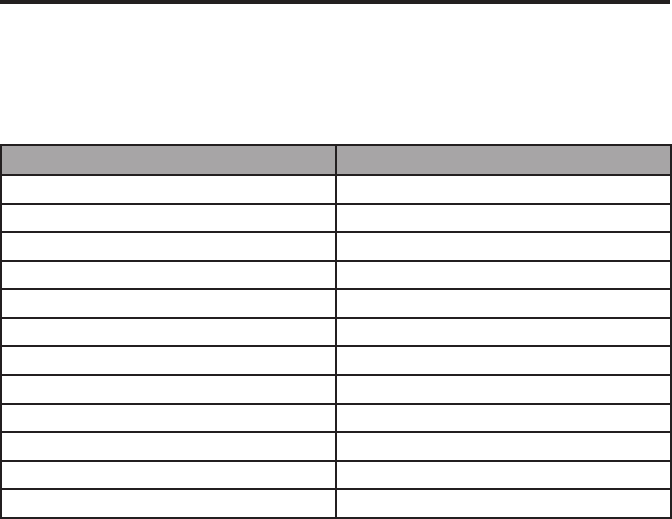User Manual
Table Of Contents
- About your Bose® A20® Aviation Headset
- Components
- Preparing the Headset for Use11
- The battery compartment
- Connecting the headset to the aircraft
- Wearing and adjusting the headset
- Using the control module
- Primary and secondary audio sources
- AUX audio sources (wired)
- Bluetooth® audio sources (wireless)
- Using the headset with a Bluetooth® device
- Pairing the first device
- Pairing another device
- Switching between connected devices
- Bluetooth multi-function button
- Making and answering calls
- Reconnecting to a previously connected device
- Recovering a lost connection
- Disconnecting a Bluetooth device
- Clearing the headset pairing list
- Controlling Bluetooth volume
- Using the headset with a Bluetooth® device
- Secondary audio modes
- Cleaning the headset
- Instructions for continued airworthiness
- Managing multiple secondary sources
- Ordering parts and accessories
- Contact information
- Limited warranty
- Locating the headset serial number
- Mounting the aircraft panel connector
- Replacing parts
- Microphone windscreen

Technical Information
40 - English
FAA Technical Standards Order
The Bose
®
A20
®
Aviation Headset that are approved to TSO and ETSO C139 are
appropriately marked. The product interface, cables, and microphones have been
designed to function in or withstand exposure to the following environmental
conditions:
Condition Category
Altitude and temperature A1
Salt fog S
AF conducted susceptibility B
Humidity B
Magnetic effect Z
Power input B
RF susceptibility T
Temperature and altitude A1
Vibration S, R, and U
Voltage spike A
Shock drop 12 times, 1 m onto concrete
Explosive atmosphere Passed
Environmental categories cited refer to RTCA/DO-160F and RTCA/DO-214
(March 2, 1993).
The conditions and tests required for TSO approval of this are minimum perfor-
mance standards. It is the responsibility of those installing this article either on or
within a specific type or class of aircraft to determine that the aircraft installation
conditions are within the TSO standards. TSO articles must have separate approval
for installation in aircraft. The article may be installed only if performed under 14
CFR part 43 or the applicable airworthiness requirements.
This device complies with FCC and Industry Canada RF radiation exposure limits
for general population. It must not be collocated or operating in conjunction with
any other antenna or transmitter.










